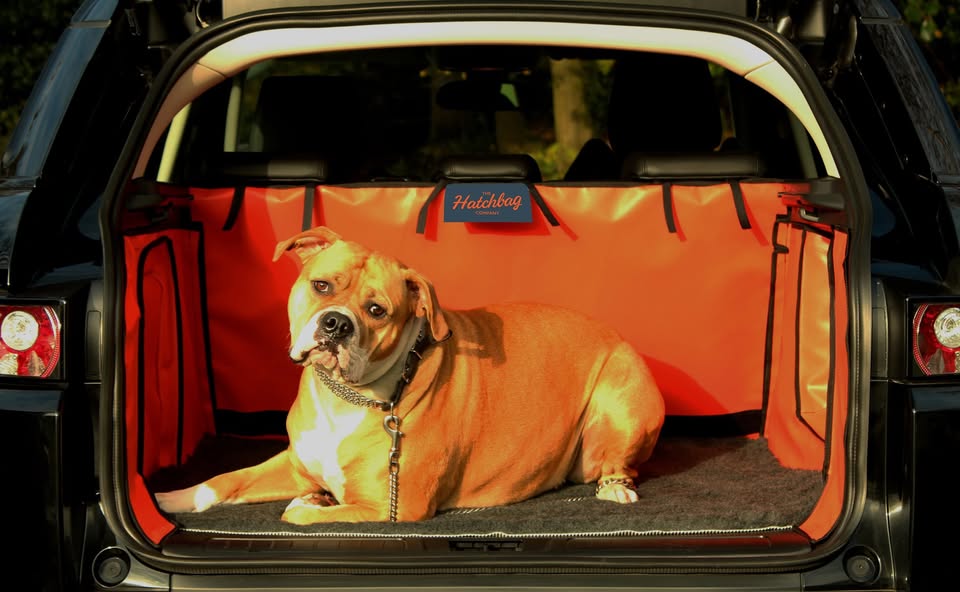If you’ve ever hauled potting soil, beach gear, groceries, or a muddy stroller, you know the trunk is where a clean car goes to die. A trunk liner fixes that. It’s a simple, durable layer between life’s messes and your factory carpet—quietly preserving resale value, simplifying cleanups, and making everyday errands less stressful. Here’s a practical, human guide to choosing one that actually fits your car and your life.
Why a trunk liner matters
- Real protection: Factory carpet absorbs water, oil, and odors like a sponge. A liner with raised edges contains spills, melting ice, and sand so they don’t creep under trim or into the spare-wheel well.
- Easier cleanup: Shake out the grit, wipe with a cloth, or hose the liner—five minutes beats an hour of vacuuming.
- Better organization: Some liners add texture or anti-slip surfaces so boxes, coolers, and pet crates stop sliding around.
- Resale value: A clean cargo area photographs better and signals careful ownership.
Materials: compare before you buy
- TPE/thermoplastic rubber: Flexible, tough, and usually odor-free. Great all-rounder for four seasons; keeps shape in heat and cold.
- HDPE/hard plastic trays: Rigid, deep-lipped protection that’s ideal for heavy duty jobs. They’re easy to spray off but can be slippery without a textured top.
- PVC/vinyl-coated fabric: Wipe-clean and foldable, often used in custom liners with sidewall coverage and bumper flaps.
- Carpeted mats with waterproof backing: Softer and more refined, good for luggage and daily errands—less ideal for muddy adventures unless paired with a top throw.
Look for raised edges (at least 1–2 inches), textured tops for grip, and exact contouring around latches and tie-downs.
Fit: universal vs. custom
- Universal liners are cheaper and can be trimmed. They work fine for temporary use or multiple vehicles, but they leave gaps at wheel arches and seat hinges.
- Vehicle-specific liners are molded or cut to your exact model year. They cover more area, look OEM, and don’t shift under load. If you care about full coverage—and you probably do—custom fit wins.
If your rear seats fold 60/40 or 40/20/40, consider a liner that extends up the seat backs or a two-piece system so you can carry long items without exposing bare carpet.
Features that make a difference
- Bumper flap: A fold-out tongue protects paint when sliding strollers, luggage, or toolboxes across the sill—and when your dog leaps aboard.
- Split-seat compatibility: Cutouts or zippered panels for common seat splits keep protection intact when you expand cargo space.
- Sidewall and tailgate covers: For people who carry bikes, timber, or pets, side protection stops scuffs and fur from embedding in trim.
- Anti-slip inserts or mats: Keep coolers and crates from skating on turns.
- Anchor access: Integrated openings for tie-down points; essential for strapping loads or securing a pet crate.
Installation: five smart steps
- Vacuum first. Dust undercuts adhesion and can scratch if trapped.
- Test fit. Lay the liner to learn where corners and hooks sit.
- Seat backs & hinges. If your system includes seat-back panels, attach those first so the floor piece lines up perfectly.
- Secure it. Use any supplied Velcro tabs or clips; press firmly along edges and contours.
- Check movement. Fold seats, open the spare-wheel panel, and confirm nothing binds.
Everyday care and deep cleaning
- Quick clean: Shake out debris; wipe with a damp microfiber. A rubber pet brush lifts hair fast from textured surfaces.
- Spills: Blot liquids, pop the liner out if needed, hose gently, and air-dry flat—avoid high heat.
- Odors: A mild, pet-safe enzymatic cleaner or diluted vinegar neutralizes smells without damaging coatings.
- Seasonal reset: Rinse road salt in winter and sunscreen residue in summer; both can dull finishes over time.
Choose by lifestyle
- Weekend hikers and dog owners: TPE or vinyl with raised lips, bumper flap, and side protection.
- Urban errand runners: Carpeted waterproof mats feel upscale and quiet; add a small anti-slip tray for groceries.
- DIY and gardening: Rigid HDPE trays handle soil, mulch, and paint; pair with a cheap sacrificial blanket on top for the truly messy days.
- Road trippers: Textured surface, anchor access, and split-seat compatibility make packing safe and easy.
Common questions, quick answers
Will a liner interfere with seat folding?
A good one won’t. Vehicle-specific designs hinge or zip to move with the seats.
Does it trap moisture underneath?
If you dry spills and lift the liner occasionally, no. Many designs include micro-ridges for airflow.
Can I use it over an OEM cargo tray?
Yes—layering a fabric or PVC liner over a factory tray gives grip and edge containment.
Is a thick liner always better?
Thickness helps, but fit and edge height matter more for real-world protection.
Buying tips
- Read reviews for your exact make, model, and year—small trunk changes between generations can alter fit.
- Compare edge height and coverage photos; marketing diagrams often hide gaps.
- If you haul pets or heavy gear, prioritize non-slip texture and anchor access over plush looks.
- When in doubt, pick a brand that offers returns for misfit—peace of mind matters.
Final thought
A trunk liner is the kind of upgrade you appreciate every time you open the hatch. With the right material, proper fit, and a couple of thoughtful features, you’ll stop worrying about spills and scratches—and start using your cargo space the way it was meant to be used. Fewer messes, faster cleanups, better resale. That’s a lot of payoff for one simple layer





Comments